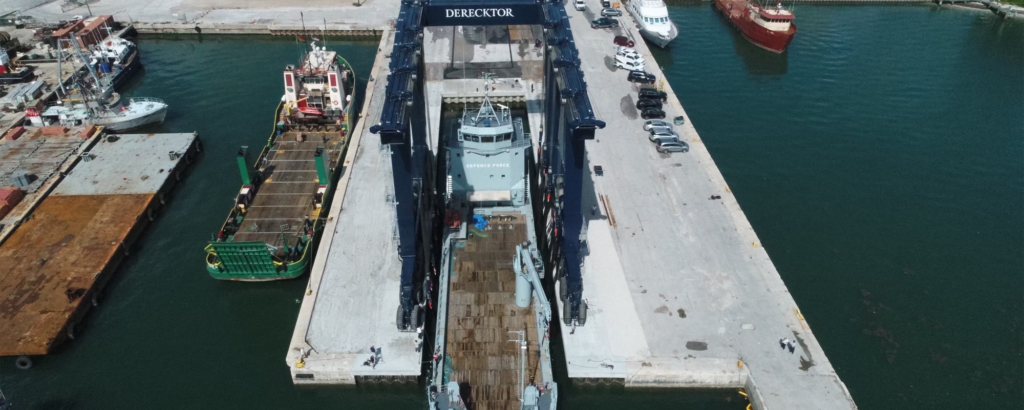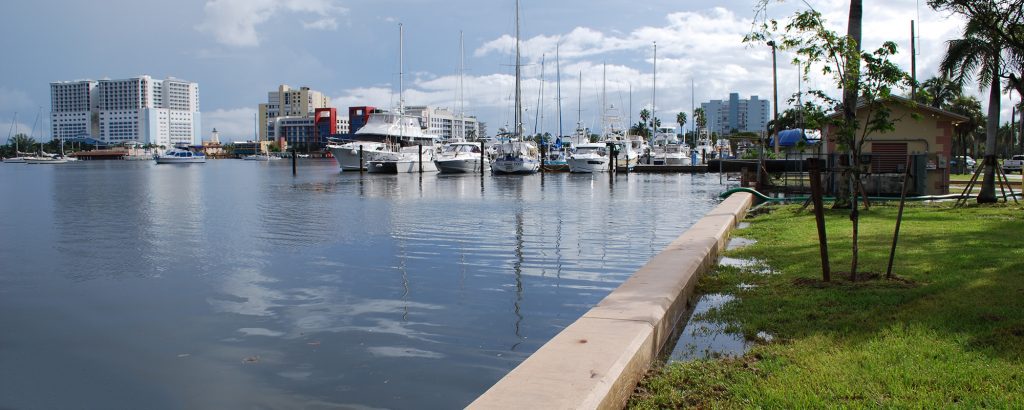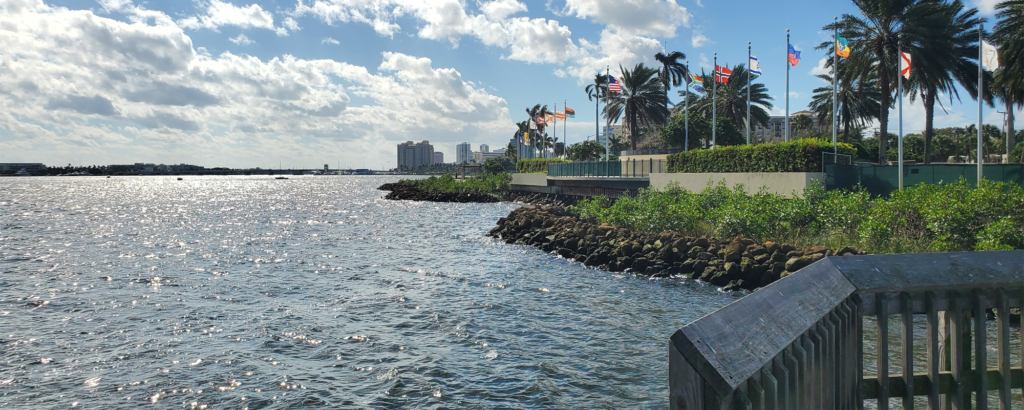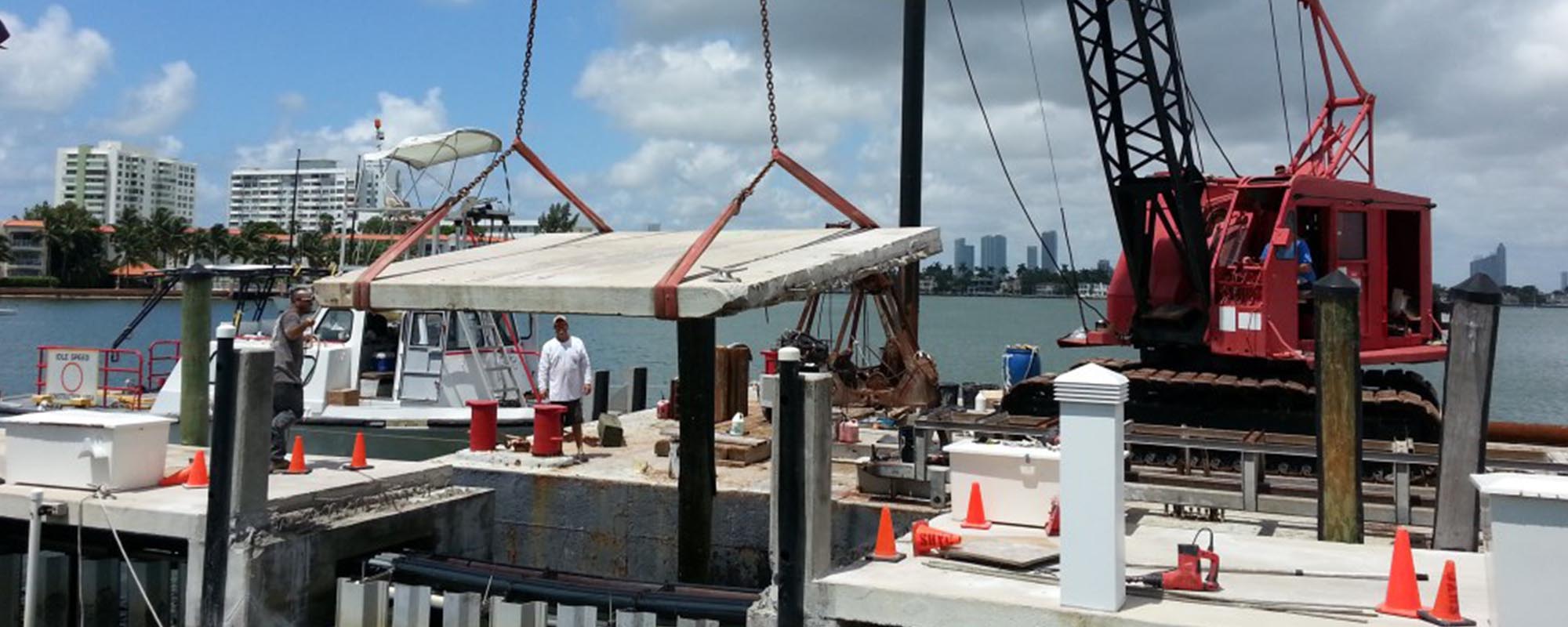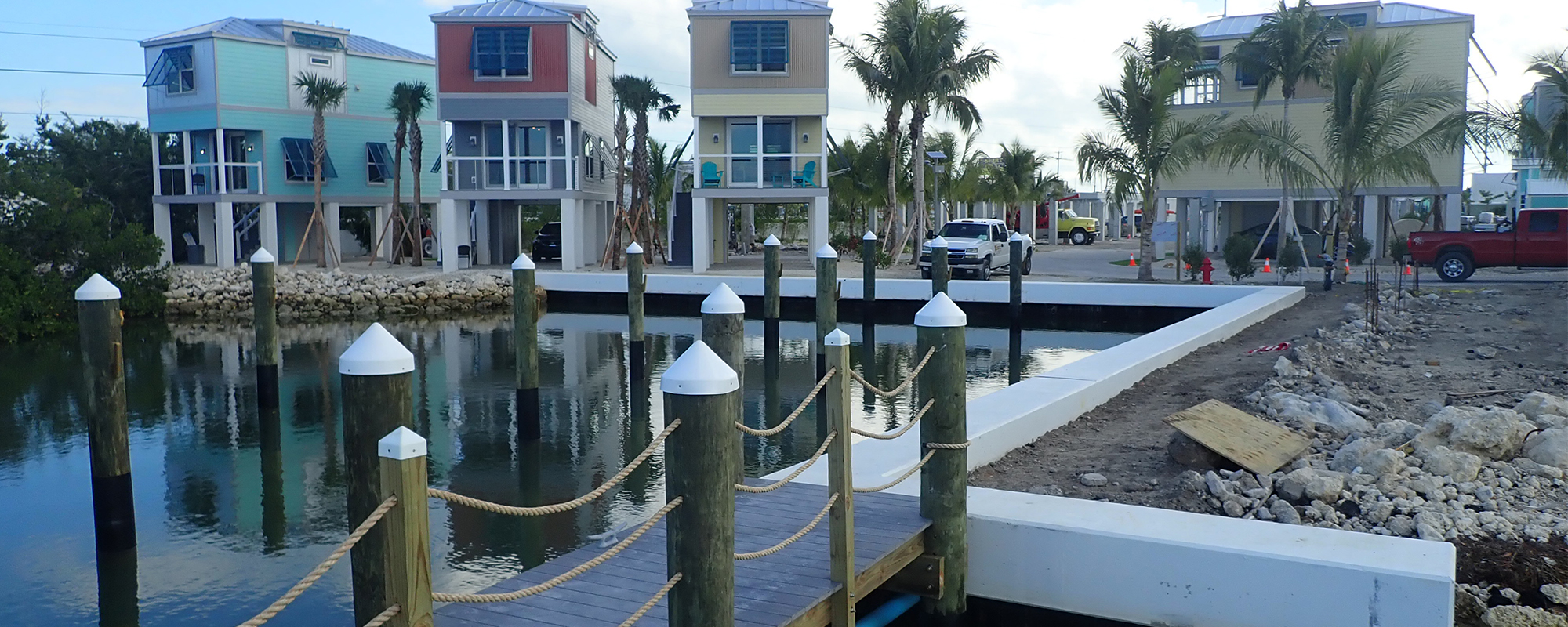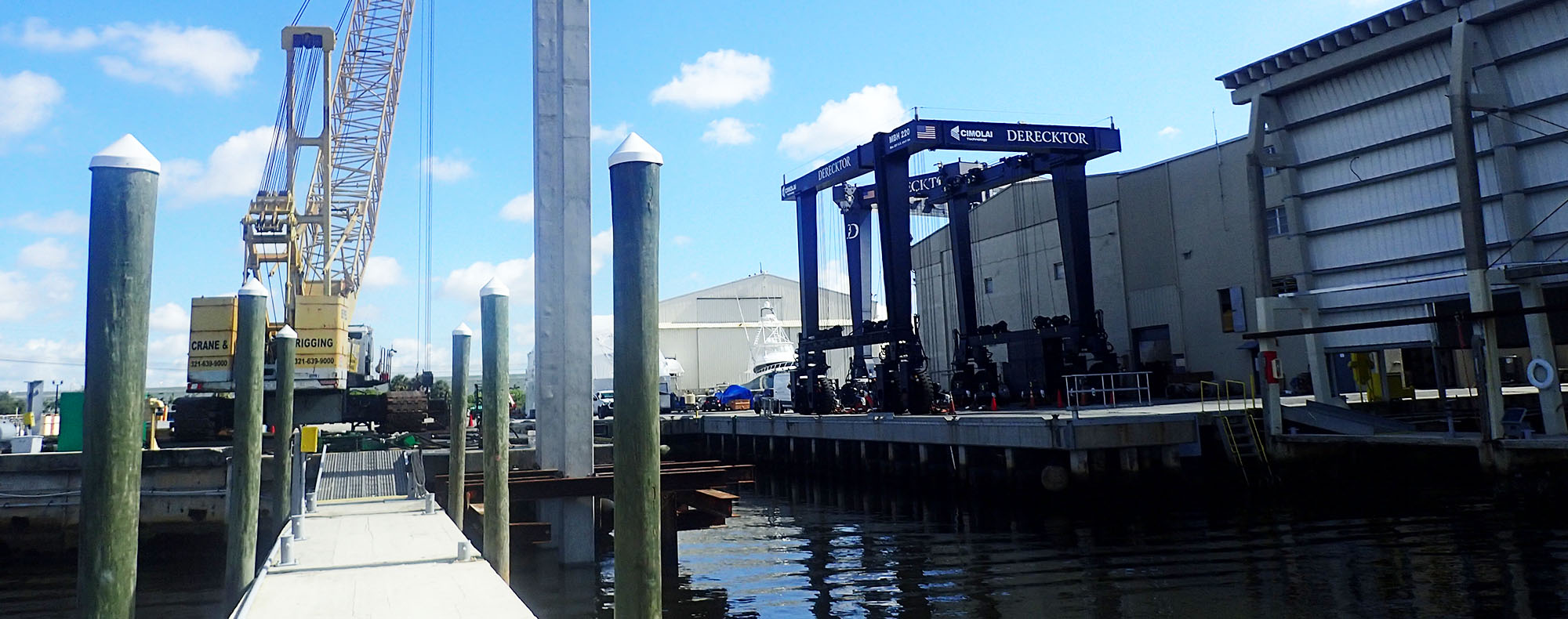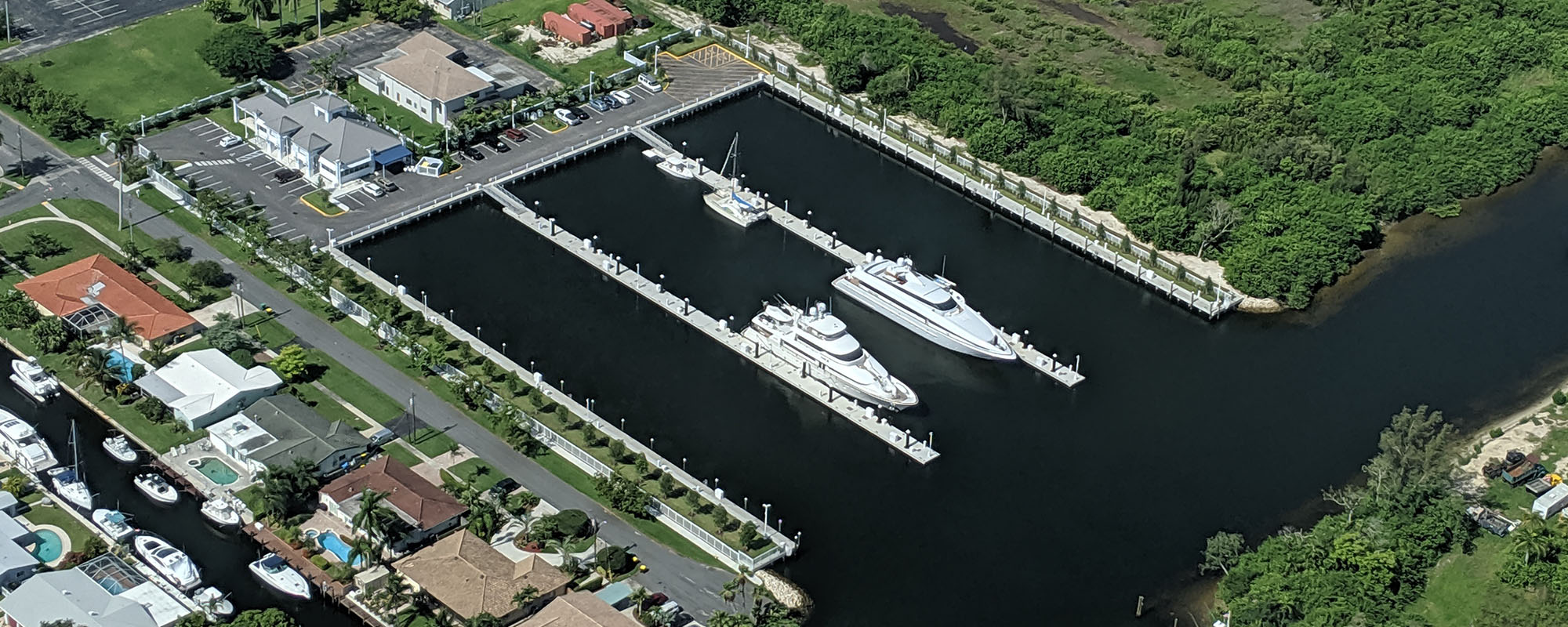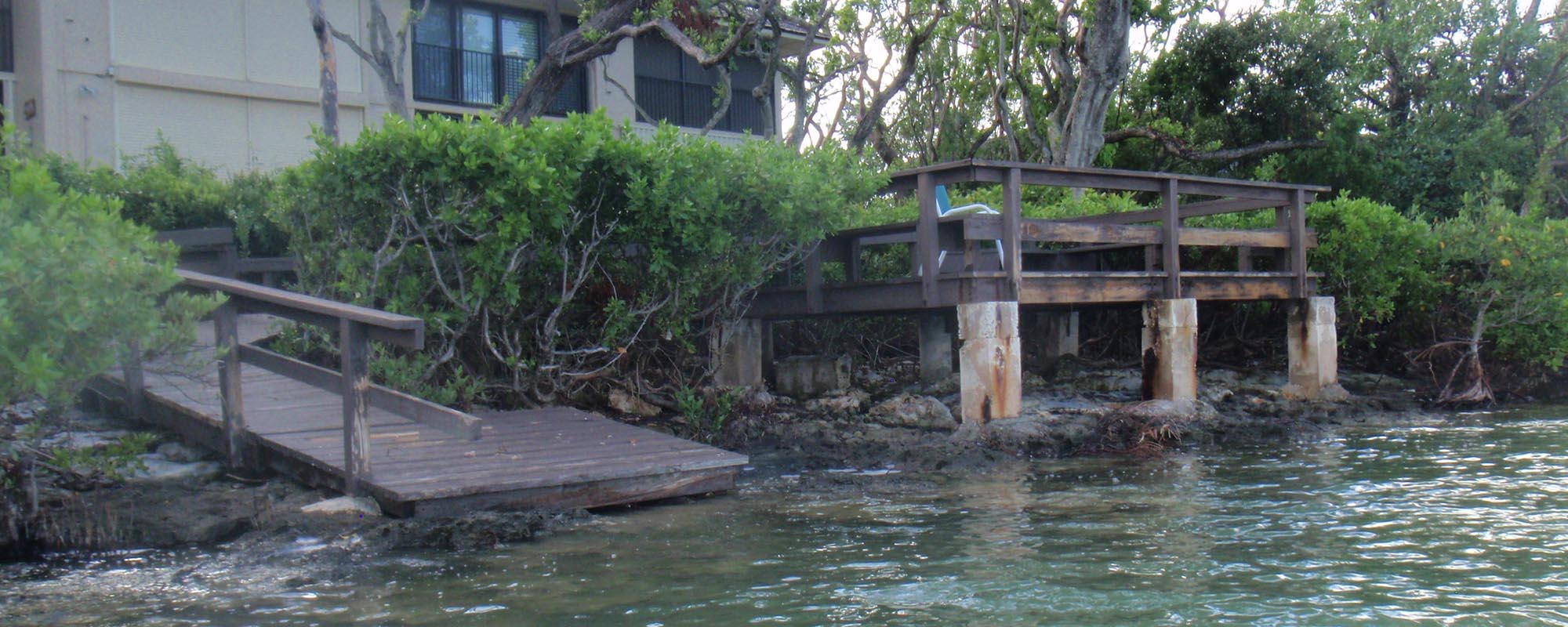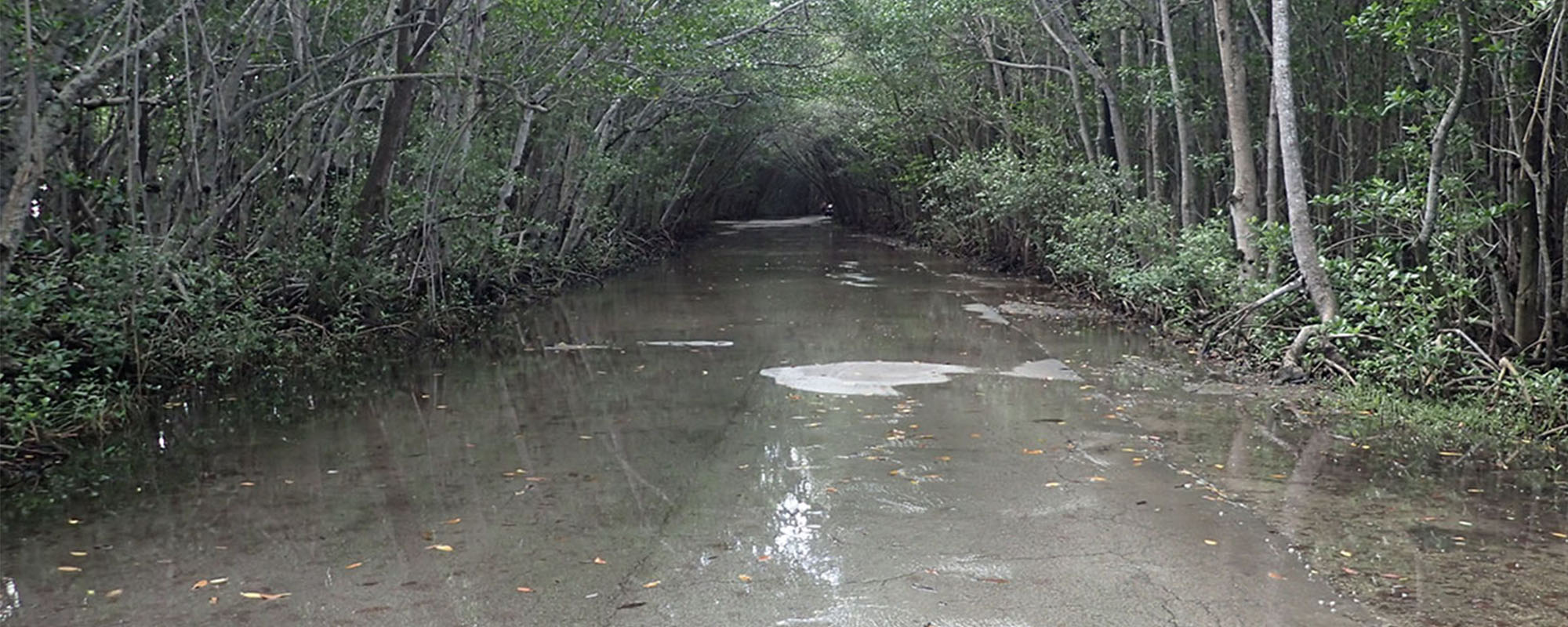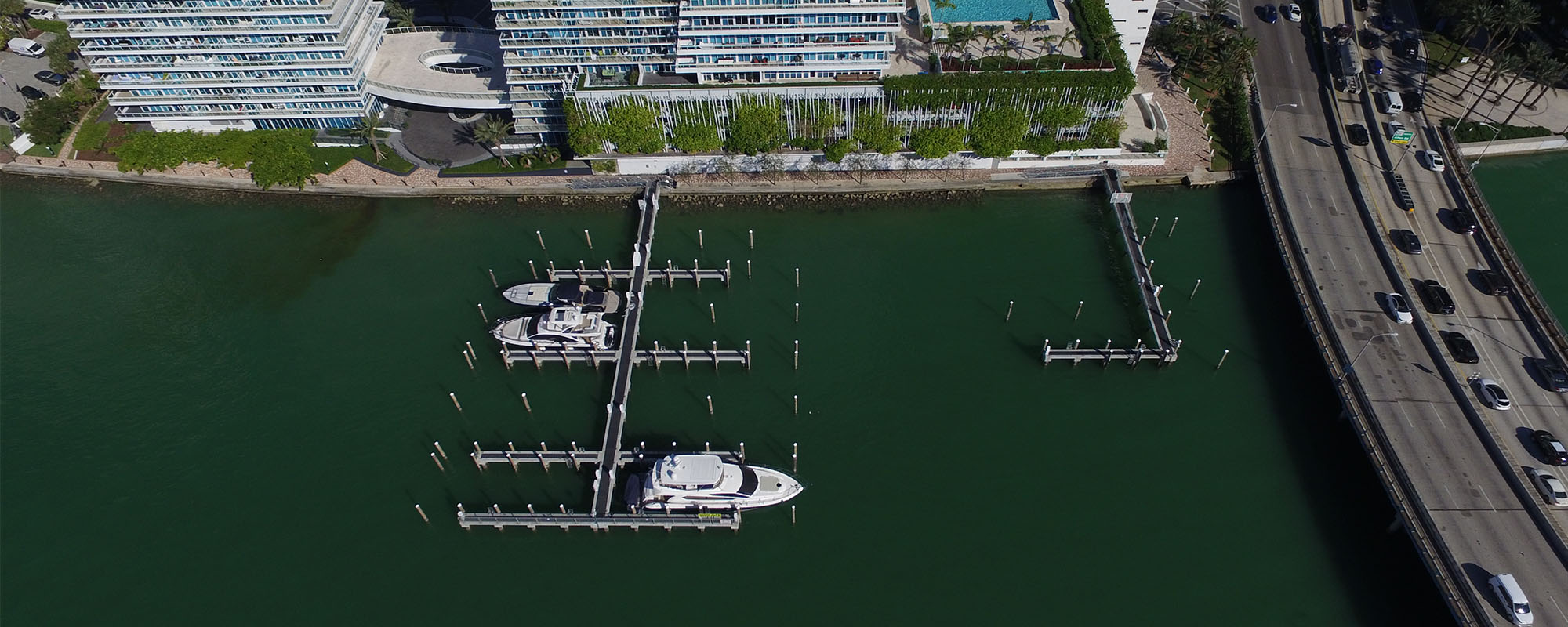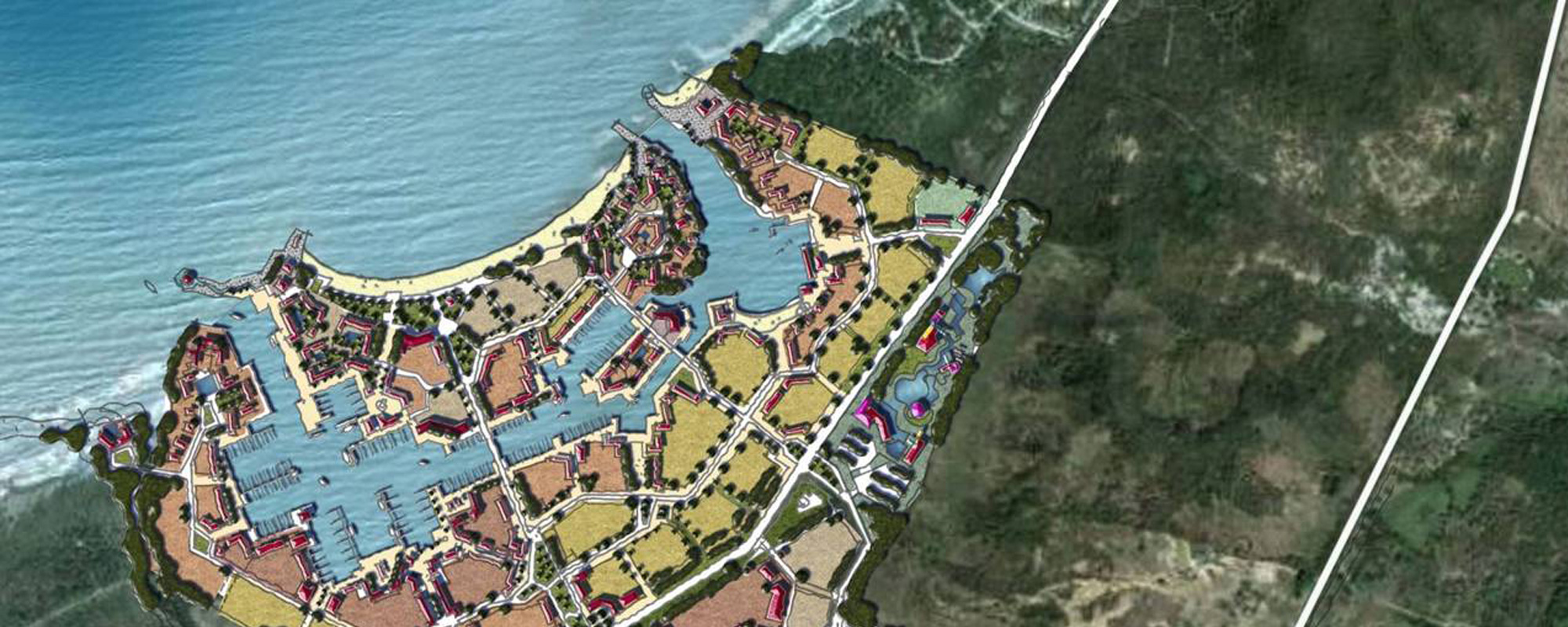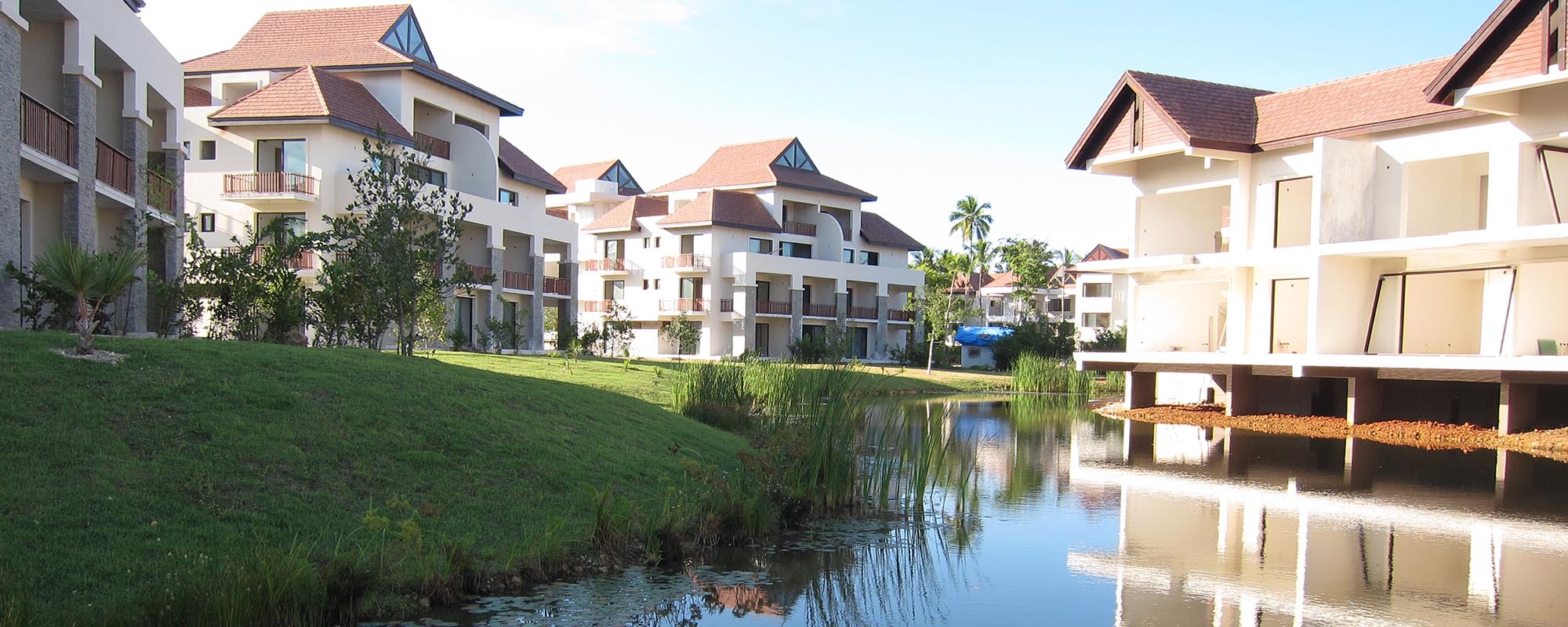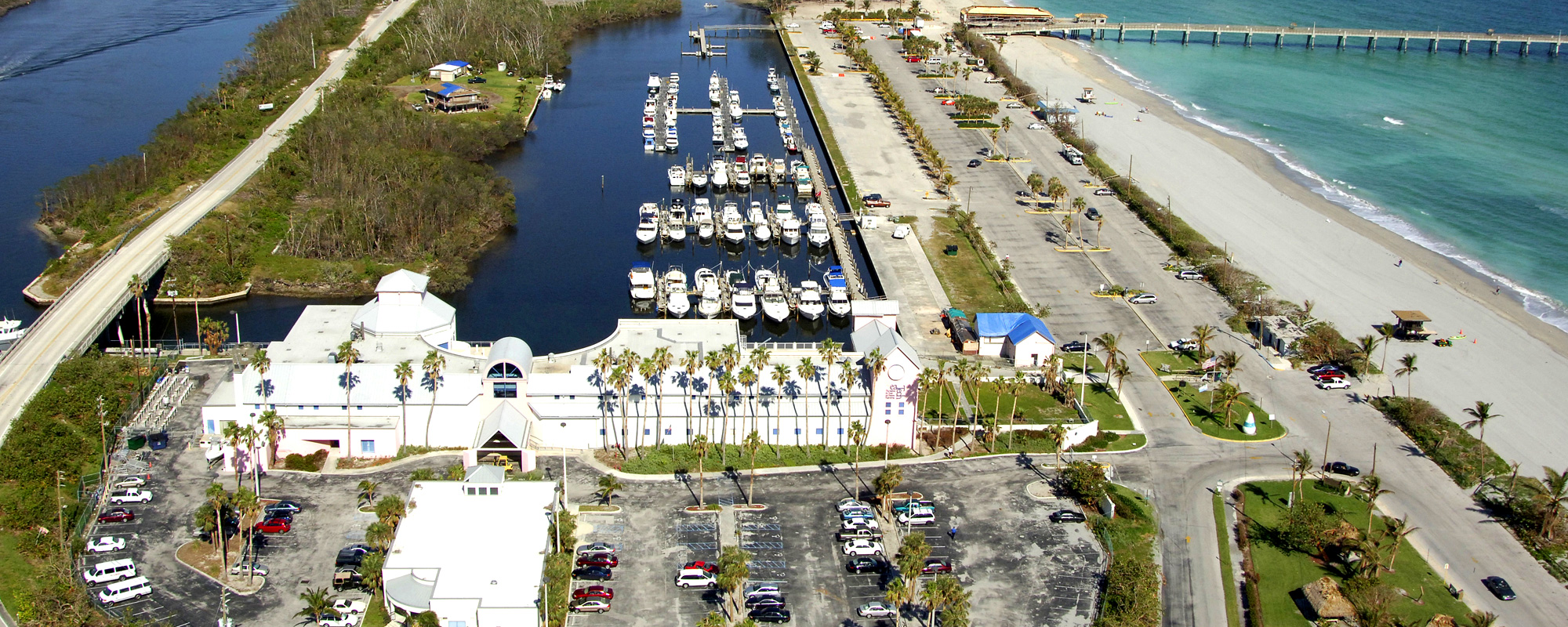ARPC Vulnerability Assessment
Location
Calhoun, Franklin, Gadsden, Gulf, Jackson, Jefferson, Leon, Liberty, and Wakulla counties.
Description
In 2021, the Apalachee Regional Planning Council (ARPC) was awarded a Regional Resilience Entities grant through the FDEP Resilient Florida Program, to conduct a regional 9-county vulnerability assessment compliant with requirements outlined in Section 380.093 F.S. FL Statute.
Expertise
- Critical asset inventory
- Storm surge modeling
- Tidal flood analysis
- Stakeholder outreach
- Data collection
- GIS raster analysis
ARPC Vulnerability Assessment
In 2021, the Apalachee Regional Planning Council (ARPC) was awarded a Regional Resilience Entities grant through the FDEP Resilient Florida Program, to conduct a regional 9-county vulnerability assessment compliant with requirements outlined in Section 380.093 F.S. FL Statute. The intent of this study was to provide guidance to local governments for future county-specific vulnerability assessments using the regional climate hazard assessment data and analysis as a baseline for planning on a regional and local scale. The project entailed a targeted stakeholder outreach effort to each of the 9-counties (Gulf, Wakulla, Franklin, Jefferson, Leon, Gadsden, Jackson, Calhoun, and Liberty Counties) and the communities and municipalities within those counties to gather relevant data, identify previously initiated resiliency efforts, obtain latest available LMS, comprehensive plan and other relevant documents.
Under an expedited timeline, Cummins Cederberg developed and implemented an approach for evaluating critical and regionally significant asset vulnerabilities to coastal flood risks including storm surge, sea level rise, precipitation, and compound flooding. Most importantly, the methodologies employed to conduct the vulnerability assessment adhered to the statutory requirements recently incorporated into Section 380.093 F.S.
In total, more than 14,000 public infrastructure assets were identified, inventoried in a GIS geodatabase, and evaluated across multiple flood scenarios. This evaluation was informed by critical assets category descriptions articulated in Section 380.093 F.S. These included (1) transportation facilities and evacuation routes; (2) critical infrastructure; (3) community and emergency assets; and (4) natural, cultural, and historical resources.
Flood vulnerability analysis included the use of water levels associated with the ARPC Vulnerability Assessment 9-County Region, Florida 2020 MHHW level, 2 storm surge scenarios, and 2 NOAA sea level rise scenarios for the 2040 and 2070 planning horizons. Additionally, the 2022 NOAA Technical Report was released in February 2022, just before the start of this study, which contained relevant changes to sea level rise conditions. Therefore, a comparative analysis of the 2017 and 2022 SLR scenarios was performed for the coastal counties within the region. The recently completed FEMA modeling results were utilized and applied for two storm surge conditions, using the 100-year (1% AEP) and 500-year (0.2% AEP) return period storms, to evaluate spatial variability in flood depths on a parcel by parcel and asset by asset basis. Similarly, this study included a detailed assessment to evaluate vulnerabilities related to precipitation and compound flooding effects. The flood inundation scenarios were combined, resulting in 30 flood scenarios evaluated by county and critical asset category using the FDEP GIS Standard Guidance criteria.
The analysis results identify the considerable effects of coastal flooding, storm surge, SLR, precipitation and compound flooding on the Apalachee region landscape. More than 17% of all evaluated critical assets within the coastal counties (Jefferson, Wakulla, Franklin and Gulf) are already experiencing the effects of high tide flooding. The proportion of additional critical asset vulnerabilities increased marginally under the NOAA 2040 intermediate-low and intermediate high scenarios, as much as 3%. Comparatively a 20% increase in vulnerable assets were observed in the two 2070 NOAA SLR scenarios. Notably, without considering SLR, the number of vulnerable assets increased from 17% at MHHW to 47% and 55% for the 100-year and 500-year storm surge scenarios, respectively among the 4 coastal counties.
The final deliverable resulted in a 350-page vulnerability assessment report, organized by County, with more than 90 flood inundation maps by asset category and class to provide spatial view of flood limits with respect to asset locations. These maps were supplemented with asset specific flood depth tables or each inundation scenario. Additionally, a total of 36 individual assets were evaluated at the site-specific scale to determine degree of vulnerability, outline contingencies and adaptation strategies, as well as estimate order of magnitude costs associated with those alternatives.
This regional study offers a comprehensive baseline dataset to build from for future analysis. Utilizing the results and resources made available by this assessment, the ARPC will utilize this study to support local governments in developing planning and policy strategies; prepare grant applications for implementation and infrastructure projects; and inform subsequent phases of this work. This regional vulnerability assessment will also inform future efforts made possible by Apalachee Strong, the ARPC’s recently formalized regional resilience collaborative. The vulnerability assessment provided a list of recommendations for future planning phases and provides a level of compliance that allows each community and county within the region to qualify for future grant funding opportunities.
